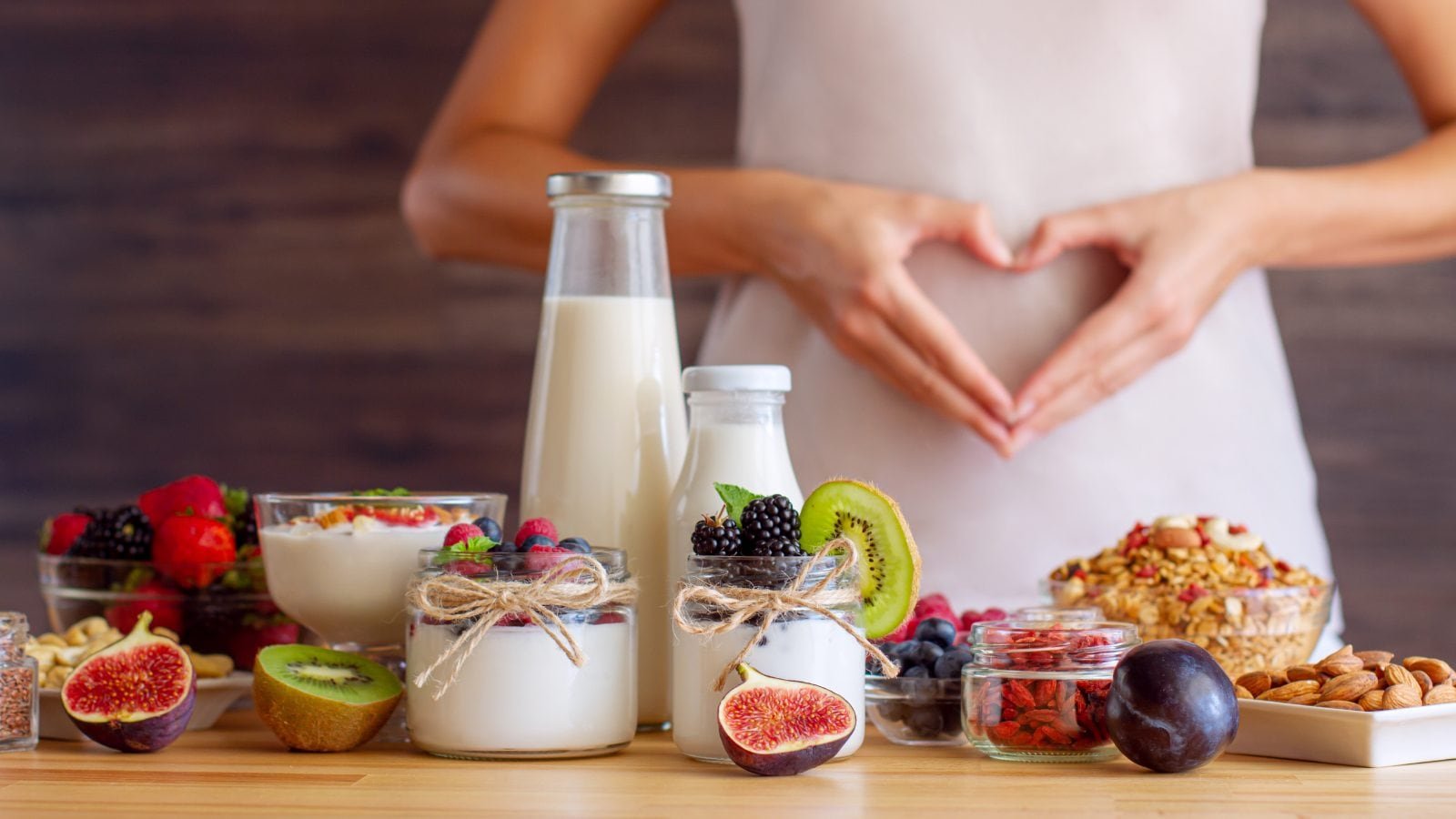July 7, 2022 – At first glance, Kyra’s Instagram profile looks a lot like that of any other influencer. According to her bio, she’s a dream chaser and model. The 22-year-old from Mumbai, India, is thin, light-skinned, and conventionally attractive. She takes bathroom selfies and complains about the hassles of modern airline travel. But there’s a catch: She’s not real.
Kyra is only the latest in a growing number of Instagram influencers generated by artificial intelligence. With only 23 posts, Kyra has already amassed 113,000 followers, a number dwarfed by the online presence of other AI influencers, including Miquela (with 3 million followers), Shudu, Blawko, and Imma. Despite their origins in the imaginations of marketers and programmers, all of the meta–influencers clothe themselves in a thin veneer of authenticity.
In a May post on LinkedIn, Kyra’s creator, Himanshu Goel, business head at TopSocial India, wrote, “Since her first post, she has traveled to the mountains, beaches and the forts of Jaipur. She has done a fashion shoot, Valentine’s Day interaction with fans and even Yoga! Kyra’s journey has just begun and there are many more adventures and secrets to be revealed.”
Kyra is a fictional character, made by computer-generated images, who will have a storyline written for her. But to some psychologists, the arrival of AI influencers is the latest in a worrying trend in which social media platforms manipulate the well-being and body image of young people around the world.
Social Media Models
“This will create a whole new set of beauty ideals that seem realistic,” says Sophia Choukas-Bradley, PhD, a clinical psychologist and researcher at the University of Pittsburgh. “And because they are AI-generated, they can be manipulated to be very realistic but showing impossible body standards.”
Humans are always comparing themselves to the people around them, says Jasmine Fardouly, PhD, a social psychologist at the University of New South Wales in Sydney, Australia. And these comparisons are automatic and widespread.
“From a young age, we’ve internalized this idea that it’s really important to be physically attractive because then you’ll be successful and happy, and everything wonderful will happen. But these beauty ideals are so specific that very few people can actually attain them,” she says.
Humans are social, so this makes sense, Fardouly says. The social bonds that have enabled us to thrive as a species also mean that we are constantly comparing ourselves to the people around us to see how we measure up. Just seeing a photo of another person – even a complete stranger – invites comparisons, she says.
Advertisers have long used this part of human nature, explains Choukas-Bradley. If we see a photo or video of a person we admire or want to imitate, it’s a simple and powerful way to encourage people to buy what that person is selling. In the 1900s, advertisers used celebrities to both create beauty ideals and to sell the products needed to live up to those standards.
For most of us, Choukas-Bradley says, these celebrities were removed from our everyday lives. We didn’t run into them at the grocery store or see them in grubby sweats without makeup. Still, psychologists have found that the perfect-looking images we saw in the pages of glossy magazines, on TV, and on billboards had a dramatic effect on how people thought about their own bodies. A 1999 survey of 548 tween and teen girls in the journal Pediatrics showed that reading fashion magazines influenced perceptions of the “ideal” body in two-thirds of respondents and made 47% want to lose weight.
Another study in the Journal of Adolescent Health in 2003 found that girls who frequently read fashion magazines were seven times more likely to diet for weight loss and six times more likely to use extreme, unhealthy weight loss behaviors such as taking diet pills or laxatives. In total, a 2010 review article by body image researcher Michael Levine, PhD, and colleagues showed a consistent, strong relationship between exposure to mass media and negative body image and disordered eating.
“We’ve come about as close as we can to proving a cause-and-effect relationship between looking at thin, idealized images, and young women in particular feeling worse about their bodies,” says Jennifer Mills, PhD, a clinical psychologist at York University in Ontario, Canada.
Modified Images
Growing awareness of the harm of mass media images came along with the rise of digital editing programs like Photoshop and with the advent of social media. On one level, says Jennifer Harriger, PhD, a psychologist at Pepperdine University in California, the images seen on social media are an extension of those seen in advertisements. They promote the same beauty ideals and often sell the same products. And although many on social media like to pretend that their photos are spur-of-the-moment snaps, the reality is that most influencers heavily edit their images using Photoshop, digital filters, and more.
Not surprisingly, more research is revealing that social media has the same strong links between negative body image and eating disorder behaviors as traditional mass media. What makes social media potentially more tricky, Mills explains, is that the images shown aren’t just celebrities, they’re also classmates and co-workers. Adding fuel to the fire is that the images are constantly changing and are tailored to each person’s interests.
“You could pick up an issue of Cosmo back in the day and another one wouldn’t come out for another month, so there was a finite amount of content that you could see. There’s an infinite amount on social media,” she says.
This creates what researchers like Choukas-Bradley call a “perfect storm,” where images of idealized bodies join with adolescent female culture to emphasize the importance of a body type that is impossible to obtain.
“To me, it’s an illustration of the way in which a body has become a source of potential capital and social mobility in our societies,” says Rachel Rodgers, PhD, a psychologist at Northeastern University in Boston. “They’re not just promoting the idea that you should look like this, but that you could look like that if you only spent the time, money, and energy on the right products and services. That there’s a powerful sort of moral obligation to look that way.”
Social media whistleblowers such as Frances Haugen – who testified before Congress about how social media sites harm children – have revealed that companies like Meta (which owns Facebook and Instagram) and TikTok are well aware of the impact their platforms have on the health and well-being of their youngest users, Harriger explains.
Some countries have tried to address this problem through legislation. In June 2021, Norway’s legislature overwhelmingly passed a law requiring influencers and advertisers to post a disclaimer showing when a photo has been digitally altered. Though these disclaimers are well-intentioned, studies have shown they have no effect on our perceptions of the bodies in the photos and on our desires to look like them.
The reason is that our brains first process these images via an automatic and emotional pathway. We might not even be aware that we’re making these comparisons because they happen so quickly, and without conscious thought, Fardouly explains. We can only process disclaimers later, via a second neural pathway that’s slower, taking seconds rather than milliseconds. But by then, the image has already hit home.
There is on research on AI influencers, according to Fardouly and Choukas-Bradley. But all the experts who spoke with WebMD said their years of work suggests that the fact that these influencers are computer-generated will have little impact on how we perceive their bodies.
“People will still want to look that way. They will still make comparisons to those images, and this will make them feel bad about themselves,” Fardouly says.
What Are You Watching?
To date, AI influencers like Kyra and Miquela have echoed existing beauty ideals rather than challenging the boundaries of what society calls beautiful. As a result, they further reinforce a narrow range of body shapes and sizes. The fact that they aren’t real doesn’t make much of a difference.
Mills hopes that AI influencers could offer a reprieve for real-life influencers who build their lives around the whims of algorithms and advertisers. “Being an influencer is really hard. You always have to be doing interesting things and look beautiful. It’s the perfect job for an artificially created being because it’s not the life of a normal teen,” Mills says.
Digital influencers are also, of course, unpaid, never age the way real-life characters do, and will be free of the kinds of scandals other celebrities can sometimes get mixed up in.
Rodgers says there’s still too much money to be made in keeping people clicking, scrolling, and buying. Instead, she feels efforts are better spent focusing on addressing the algorithms that control the images we see.
The way it works now, you can’t tell Instagram what you don’t want to see, she points out. Instead, you have to deliberately fill your feed with the things you do want to look at.
“The platforms have huge responsibility over the safety and the well-being of their users,” Rodgers says, “which is basically everybody in the world.”






